Battles of Ancient Giants
19.03.2024 04:33
2631 views
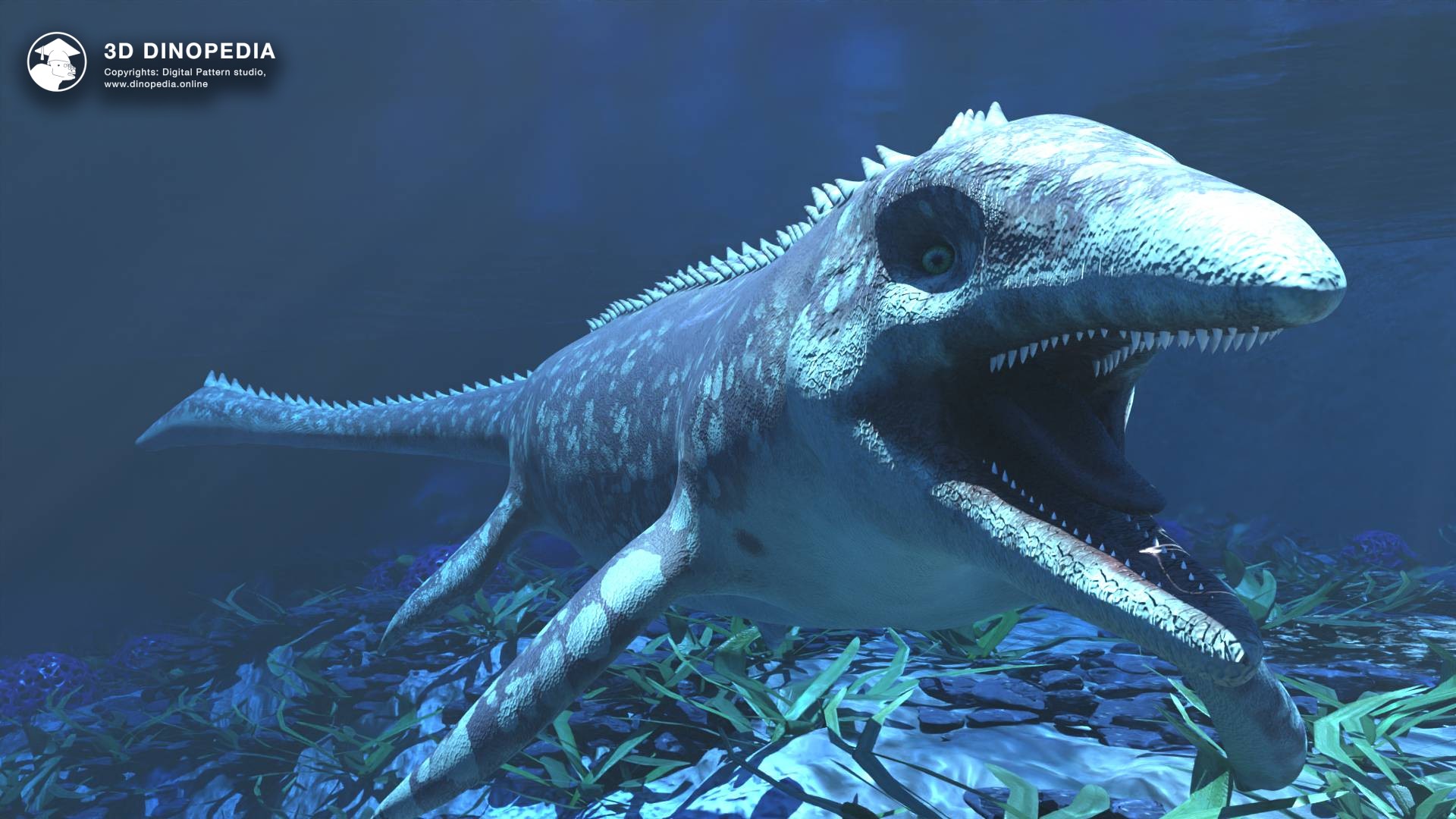
Who is mightier: Tyrannosaurus Rex or Giganotosaurus? Who would win in a duel between Titanoboa and Spinosaurus? What would happen if Megalodon encountered Hoffmann's Mosasaur in battle? Our imagination tirelessly creates captivating images of epic battles between gigantic creatures. Sometimes at the center of these stories are fictional characters like Godzilla and King Kong. However, thanks to scientific discoveries, real ancient animals often play the main roles in these majestic confrontations. Battles between ancient reptiles seem no less fantastic than clashes of mythical creatures. What causes such perception? And did "epic" confrontations between ancient animals really exist?
In the wild, animals avoid groundless fights. Although predators' lives are filled with confrontations—cheetahs hunt antelopes, wolves prey on moose in an effort to feed themselves, and lions fight for leadership in the pride. Among herbivores, encounters are also common. However, all such confrontations share a common goal—survival or continuation of the species. Nonetheless, even when directly necessary, animals resort to combat only as a last resort. Obviously, a predator's meeting with its prey cannot end peacefully: no antelope voluntarily walks into the jaws of a crocodile. However, in fights for territory or a mate, animals often avoid direct conflict. They use threatening growls, display impressive manes or colorful tails, impressive horns, or simply their size. In most cases, this is enough to demonstrate dominance and avoid serious conflict. After all, a duel in the wild can result in injuries leading to death or even immediate demise from the claws or horns of an opponent.
Studying dinosaurs and other ancient creatures, it becomes clear that many of them preferred to resolve conflicts peacefully. Perhaps, the horns of a Triceratops, the spikes of a Stegosaurus, and the huge fangs of a saber-toothed tiger may seem like signs of extreme aggression and cruelty. However, the reality is different. The more scientists study dinosaurs, the more apparent it becomes that many of them could make loud sounds for communication. For example, it's assumed that armored and duck-billed dinosaurs could have a loud voice, and the roar of Tyrannosaurus Rex could be heard by rivals hundreds of meters, possibly even kilometers away. This allowed animals of the same species to avoid conflicts by warning others of their power, thereby eliminating the need to demonstrate it in practice. However, this does not mean that animals always avoided confrontations. Bite marks on Velociraptor bones, skull damage in thick-headed dinosaurs like Pachycephalosaurs, and tail club strikes from Ankylosaurs indicate that sometimes battles were unavoidable.
Thus, it's undeniable that predatory dinosaurs hunted herbivores, with plenty of evidence to support this. Territorial or mate-related confrontations between individuals with horns or large fangs were much rarer but did occur. However, the question arises: did those epic battles between the largest predators, often depicted in paintings, shown in movies, and in computer games, actually happen? Was it possible for such supergiants as, for example, Tyrannosaurus and Spinosaurus, to sometimes engage in combat with each other?
Here comes another difficulty: most creatures gathered together for virtual battles actually lived in different places and during different epochs, making their meeting impossible! For example, the fights depicted in the "Jurassic Park" and "Jurassic World" franchises are fictional. Tyrannosaurus, Spinosaurus, and Giganotosaurus, fighting on screen, lived on different continents and were separated by millions, sometimes tens of millions of years. Similarly, a confrontation between Titanoboa and Tyrannosaurus was impossible—the giant snake appeared at least a million years after the "king of dinosaurs" disappeared and lived tens of thousands of kilometers further south. For the same reasons, Mosasaurus could not have encountered Megalodon, and a saber-toothed tiger would not have met Velociraptor.
So does all this mean that large predators never fought among themselves? In fact, such battles did occur, though they were extremely rare. There are incontrovertible proofs of real clashes between huge predators of the past. Let's get acquainted with some of these cases.
The title of the most formidable hunters of ancient seas rightfully belongs to the group of marine monitors—mosasaurs. Many large representatives of mosasaurs did not disdain to eat smaller marine reptiles. For example, in the stomachs of Tylosaurs (Tylosaurus), remains of smaller mosasaurs, such as Platecarps (Platecarpus), were found, and inside the skeletons of snake-like lizards Hainosaurs (Hainosaurus)—Plioplatecarps (Plioplatecarpus). Sometimes evidence of clashes is found on the
bones of the animals themselves. It's known that mosasaurs hunted the largest marine turtles. On the shell of a two-meter turtle Allopleuron, tooth marks of a Mosasaur (Mosasaurus) were found, and the largest turtle in history—Archelon—had a flipper bitten off by some predator, most likely a mosasaur, although the attack occurred when the turtle was not yet fully grown.
However, perhaps the most epic battles unfolded between mosasaurs and ancient sharks of the Cretaceous period—Cretoxyrhina, reaching 6-7 meters in length and probably resembling modern great white sharks in appearance and size. It's believed they had a similar temperament. Thus, a young three-meter Cretoxyrhina dared to attack a mosasaur-Platecarpus, twice its size. They also attacked other mosasaurs, including Clidastes and Tylosaurs (Tylosaurus). It's asserted these were real battles, not just scavenging dead individuals, as healed bite marks are found on the reptiles' bones. Cretoxyrhinas also attacked other marine reptiles, such as the six-meter-long Elasmosaurs (Elasmosaurus), indicating their high degree of aggressiveness and hunting skills.
It's difficult to assert with complete confidence about confrontations between different species of giant predatory dinosaurs. However, clear evidence exists of battles between individuals of the same species. For example, numerous scratches and damages on the muzzles of Tyrannosaurs indicate fierce fights for territory or for the right to mate with a female. Instances of cannibalism among large dinosaurs have been noted; thus, Allosaurs, it turns out, could eat each other, cleaning the bones thoroughly. However, it remains unclear whether attacks occurred between lizards or if they were scavenging.
Moreover, a suspicious hole on the muzzle of a Carcharodontosaurus suggests a possible confrontation. This could indicate a rare encounter between a Carcharodontosaurus, reaching up to 12.5 meters in length, and a Spinosaurus, growing up to 14-15 meters. Perhaps the Carcharodontosaurus attempted to steal prey from its long-nosed rival and met serious resistance. Nonetheless, interpreting this injury definitively is difficult, as the hole could result from a bite from either a Spinosaurus or another large Carcharodontosaurus.
Perhaps one of the most serious interspecies confrontations of the dinosaur era, for which evidence is available to scientists, occurred along riverbanks. These were crocodile attacks. Thus, the giant alligator Deinosuchus, growing up to 10 meters in length, was fully capable of attacking even multi-ton dinosaurs. This was proven by modeling its size and jaw strength. But more importantly, bones with bite marks from huge crocodiles were found, as well as partially digested by their highly aggressive stomach acid. These were bones of peaceful duck-billed dinosaurs as well as some large predatory theropods. Victims of Deinosuchus could even be large relatives of Tyrannosaurs, such as Gorgosaurs (Gorgosaurus), coming to drink water.
Unlike Hollywood, paleontology rarely satisfies fans of epic battles. Scientists cannot detail about bloodthirsty bites or bone-crushing hits. And it's not surprising, as nature tends to avoid unnecessary battles. However, science's tasks lie in a different plane. Moreover, real stories of ancient animals sometimes turn out to be more fascinating than any Hollywood movie. Grandiose, mysterious, but harmonious ancient worlds, unexpected twists of evolution, and astonishing events of the past inspire no less than blockbusters. The true magic of paleontology lies in the ability to overcome the barriers of time and space, where each bone fragment and each shell are an indispensable part of the amazing mosaic canvas of ancient worlds.
Discussions
Recommended articles:
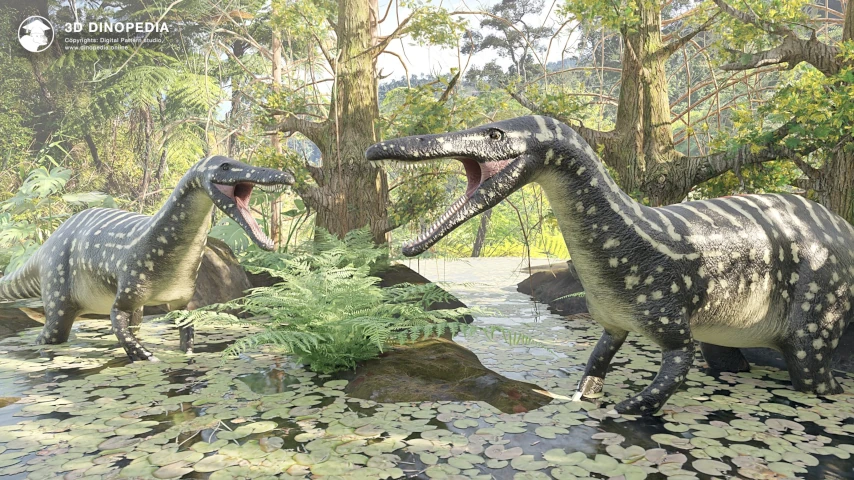



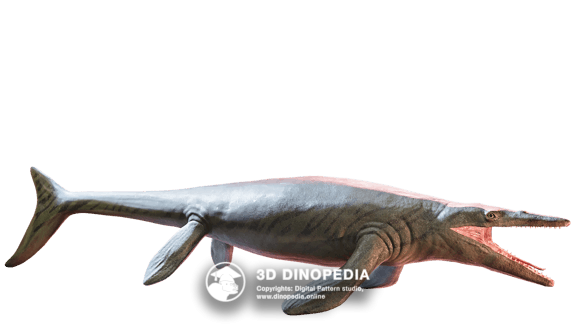
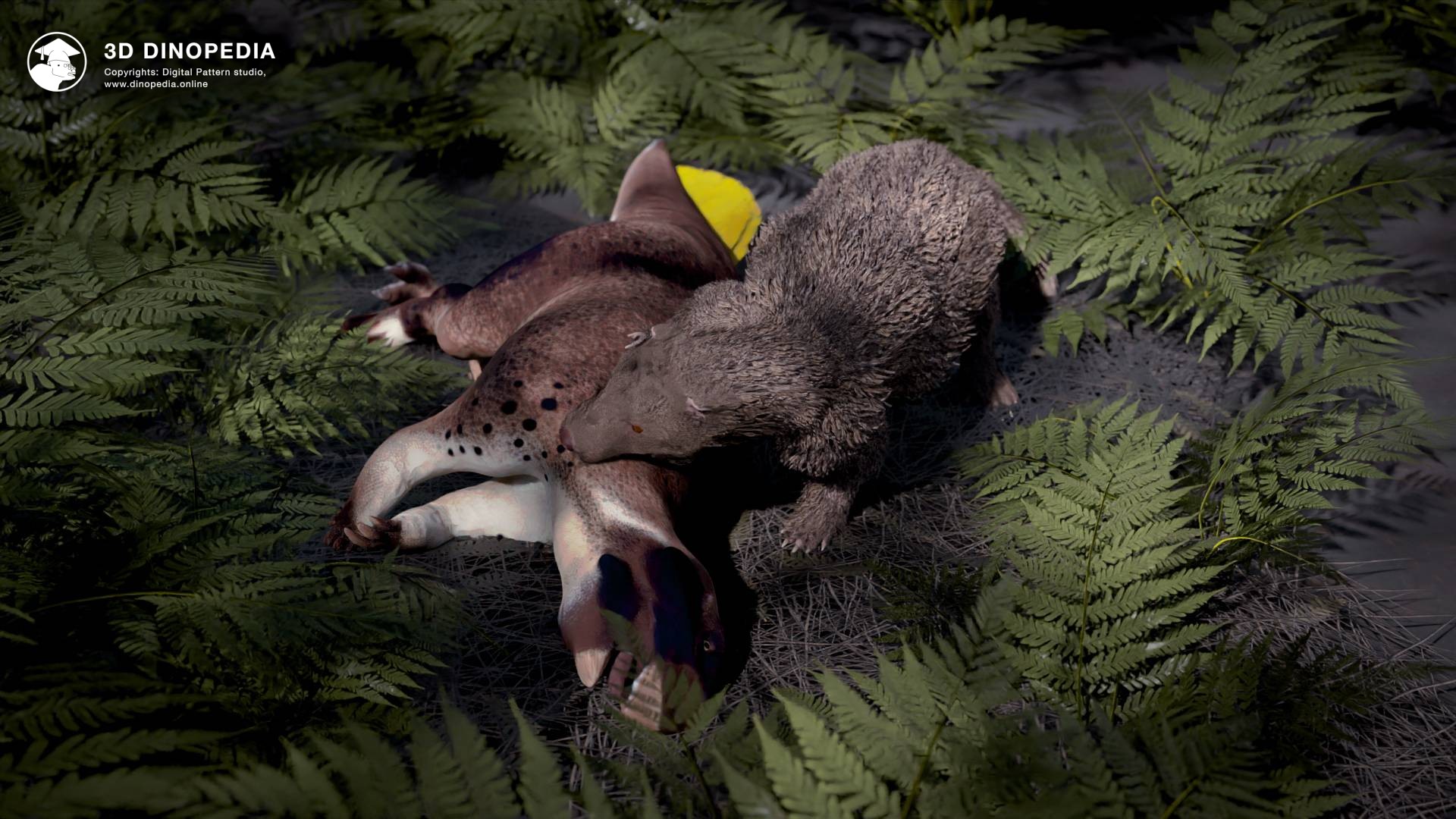

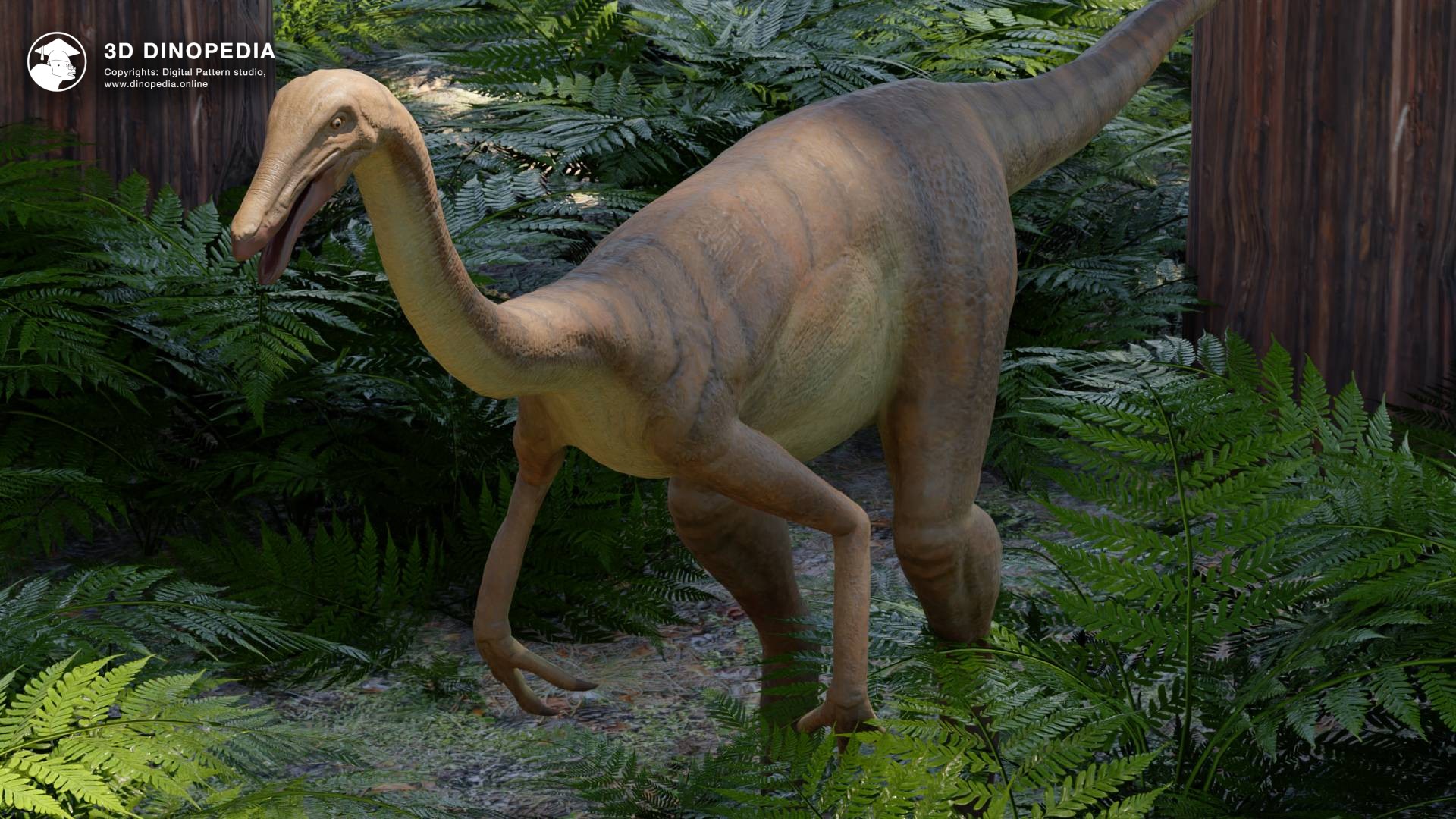

{{ count }} comments
You must login to write a comment